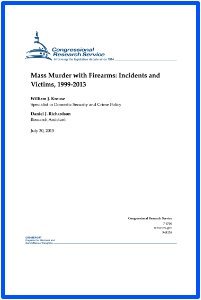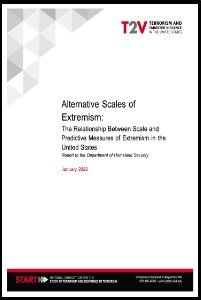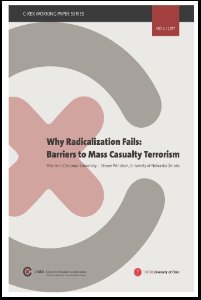By Lucía Miranda Leibe, Bettina Steible, Almudena Díaz Pagés and Natalia Sueiro Monje
Violent right-wing extremism has resurfaced as a worrying phenomenon in Europe, with terrorism being one of its most serious and visible forms. Old and new forms of right-wing based violence have emerged in recent years, as the Utøya attack showed in 2011. This massacre served as a wake-up call for European societies and security authorities, and highlighted the dangers of right-wing terrorism in Europe, particularly for the youth. Furthermore, terrorism is not the sole form of extreme-right and hate-based violence. Conversely, the range of extreme-right related violence also includes hate crime and hate speech, two phenomena that should not be overlooked. The former is especially relevant considering the impact it has on minority groups, on women, but also on the general population. As for the latter, the increasing use of the Internet and social media platforms has facilitated the exponential dissemination of hate speech. While two decades ago, much more effort was required by individuals to gain access to extremist right-wing ideology, nowadays these ideas are spread at a much higher speed and to a much broader audience. This is not a trivial matter. The spread of hate speech has an important impact on minority groups, as the primary victims, but also on society as a whole, as it affects social cohesion and the quality of democratic debate.
Madrid: Observatorio de la Juventud en España, 2020. 98p.





















